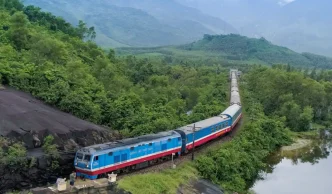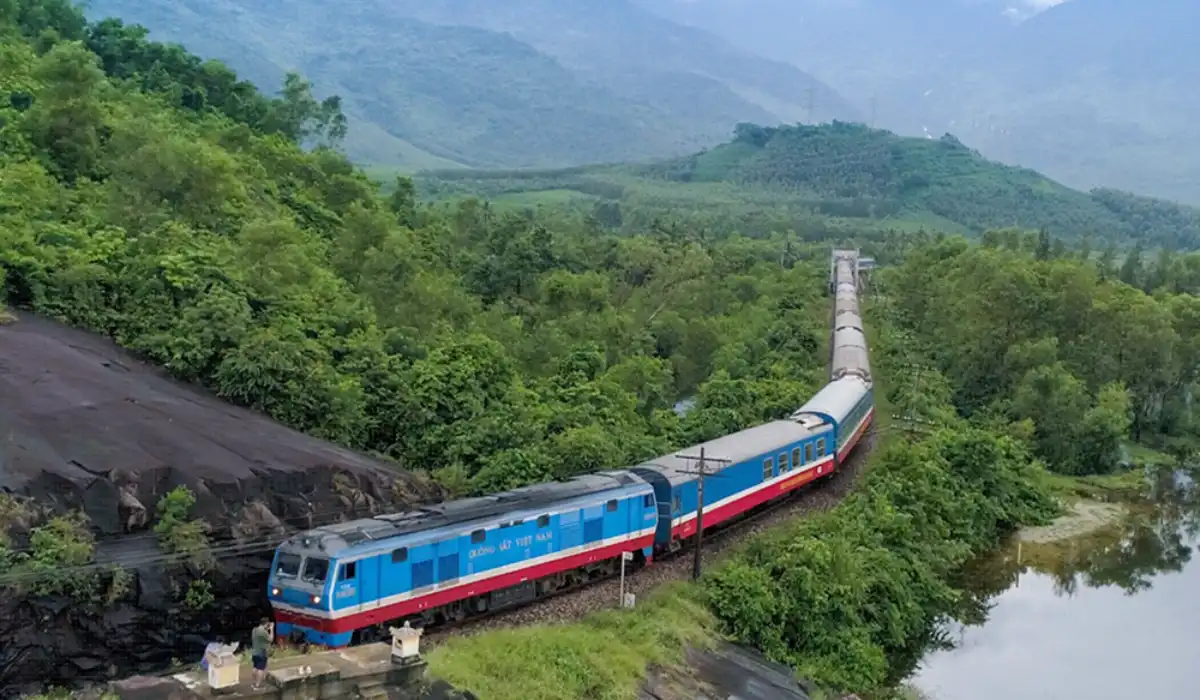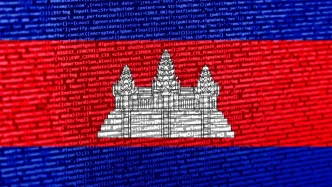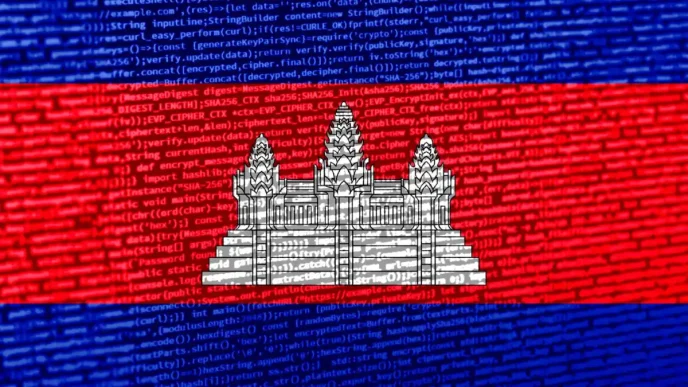Ha Noi – Vietnam is positioning itself at the forefront of regional connectivity and governance reform, with ambitious rail projects linking it to China and sweeping constitutional amendments drawing unprecedented public engagement. These twin developments, rooted in economic and political spheres, underscore Vietnam’s strategic push to balance modernization with domestic stability, while navigating complex ties with its northern neighbor.
Rail Projects to Redefine Regional Trade
Vietnam’s collaboration with China on high-speed rail initiatives is set to transform trade and connectivity across Southeast Asia. According to reports, the proposed rail lines will link key Vietnamese cities like Ha Noi and Ho Chi Minh City with southern Chinese hubs, facilitating faster movement of goods and people. This infrastructure push, part of China’s broader Belt and Road Initiative (BRI), aims to integrate Vietnam more deeply into regional supply chains, potentially slashing transport times and costs.
The economic stakes are high. Vietnam’s export-driven economy, a linchpin of global manufacturing, stands to gain from enhanced access to Chinese markets and beyond. A government spokesperson highlighted the potential, noting “These rail links will strengthen our position as a gateway to ASEAN” as reported by Asian News Network. Yet, the projects are not without challenges. Financing terms, environmental impacts, and local displacement risks remain under scrutiny, with some analysts cautioning that heavy reliance on Chinese investment could strain Vietnam’s fiscal autonomy.
Public sentiment, as reflected in discussions on platforms like X, reveals a mix of optimism and concern. While many welcome the promise of jobs and growth, others question the long-term implications of deepening economic ties with Beijing, given historical tensions. If confirmed, cost estimates for segments of the rail network hover around 250 billion Vietnamese Dong (US$10 million) per kilometer, though exact figures depend on terrain and negotiations, per industry sources. These numbers, while speculative at this stage, suggest a massive undertaking that could reshape Vietnam’s economic landscape.
Beyond economics, the rail projects carry geopolitical weight. They signal a pragmatic détente in Vietnam-China relations, despite lingering disputes over the South China Sea. For Vietnam, the challenge lies in leveraging Chinese expertise and capital without ceding strategic ground—a delicate balancing act as regional powers vie for influence in Southeast Asia.
Economic and Political Intersections
The rail projects and constitutional reforms are not isolated endeavors but interconnected pieces of Vietnam’s broader vision. Infrastructure development demands legal clarity, particularly on land acquisition and foreign partnerships, areas likely touched by the amendments. Conversely, political reforms may be shaped by economic imperatives, as Vietnam seeks to attract investment while maintaining social cohesion. For instance, streamlined land laws could expedite rail construction, but only if public consensus is achieved—a tall order given the diversity of opinions submitted.
Moreover, both initiatives reflect Vietnam’s navigation of external and internal pressures. The rail projects tie it closer to China’s economic orbit, a move that necessitates political reforms to reassure domestic stakeholders of national sovereignty. At the same time, constitutional changes must balance modernization with the CPV’s ideological moorings, ensuring that economic openness does not translate into political instability. This dual challenge places Vietnam at a crossroads, with implications for its role in ASEAN and beyond.
Regional Implications and Challenges Ahead
Vietnam’s rail ambitions extend beyond bilateral ties with China, promising benefits for the wider region. Enhanced connectivity could position Vietnam as a logistics hub within ASEAN, linking northern economies to southern markets. Neighboring countries like Laos and Cambodia, already part of BRI corridors, may see spillover effects, with reduced trade barriers fostering a more integrated economic bloc. However, environmental concerns loom large—rail construction through Vietnam’s mountainous north could disrupt ecosystems, a risk that regional watchdogs have flagged but not yet quantified.
As Vietnam forges ahead with rail projects and constitutional reforms, it faces a complex interplay of opportunity and risk. The economic promise of high-speed connectivity with China must be weighed against fiscal and geopolitical dependencies, while political reforms test the limits of public engagement within a single-party framework. For now, the nation appears committed to threading this needle, leveraging infrastructure and governance as twin pillars of its regional ascent.
As these initiatives unfold, questions remain about their long-term impact on Vietnam’s identity and autonomy. Will the rail lines herald a new era of prosperity, or bind Vietnam too tightly to external interests? Can constitutional reforms genuinely reflect public will without destabilizing the political order? For a country at the heart of Southeast Asia’s transformation, the answers will resonate far beyond its borders.
















